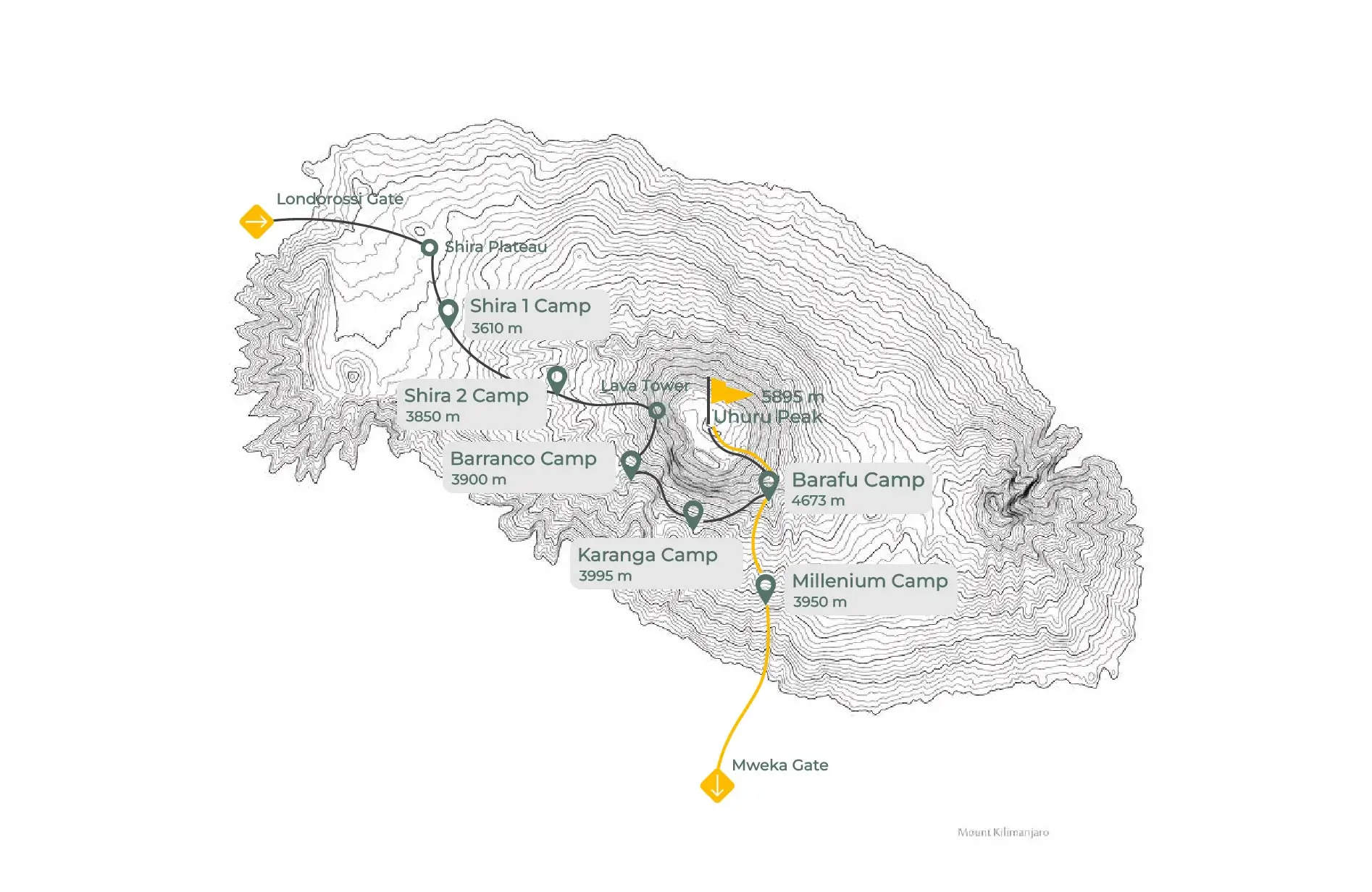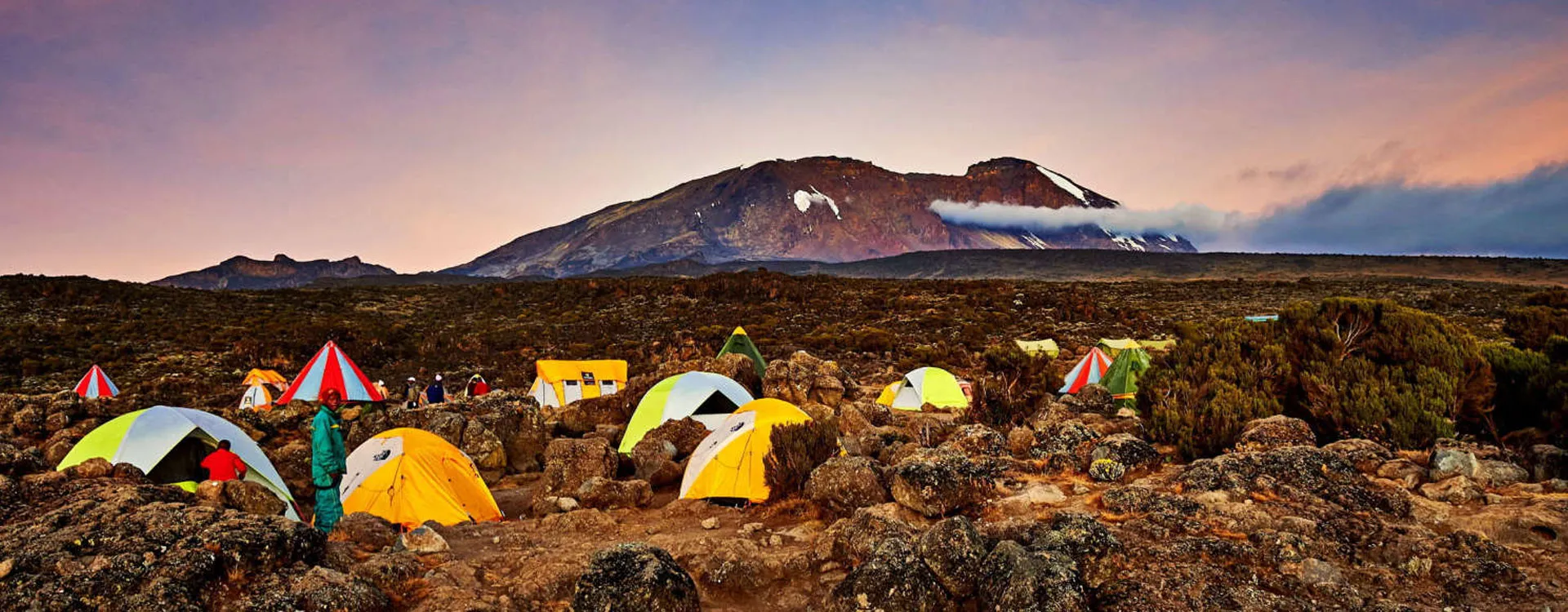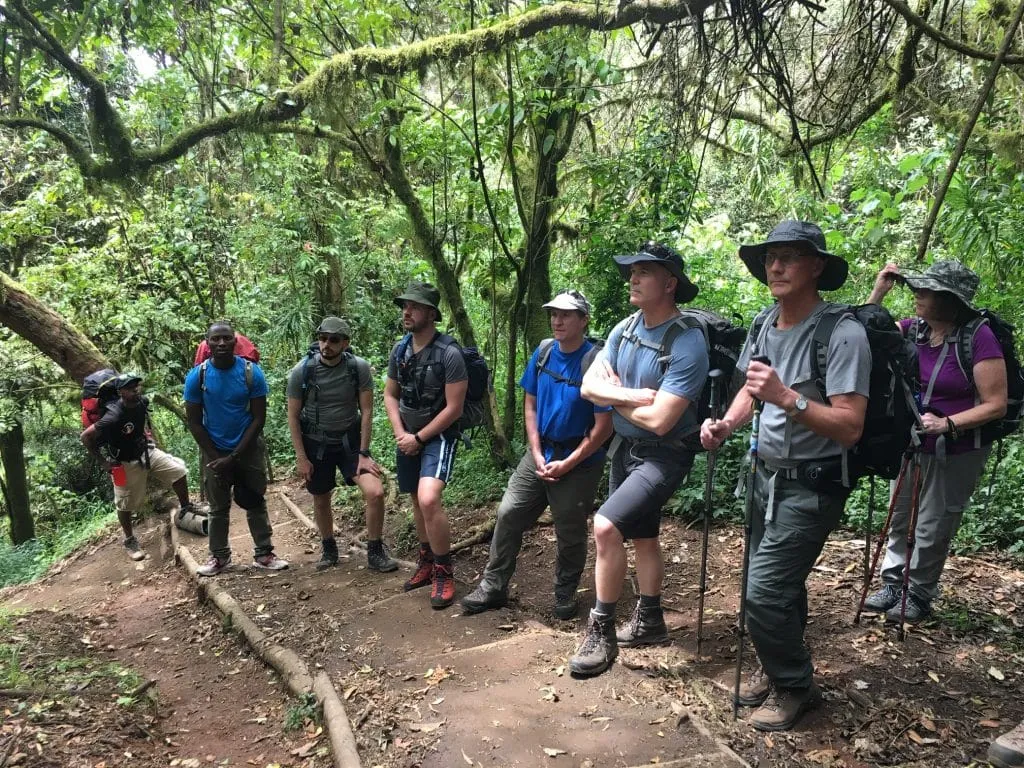The Ultimate Guide to Climbing Mount Kilimanjaro via the Lemosho Route
Climbing Mount Kilimanjaro is a dream for many adventure enthusiasts, nature lovers, and thrill-seekers worldwide. Standing at 5,895 meters (19,341 feet), Kilimanjaro is Africa’s highest peak and the tallest free-standing mountain on Earth. Its grandeur, diverse ecosystems, and the challenge it presents make it a bucket-list destination for trekkers.
Among the numerous routes to reach the summit, the Lemosho Route is renowned for its scenic beauty, high success rates, and excellent acclimatization profile. It’s often recommended for those seeking a more immersive and less crowded experience, with the added benefit of traversing some of Kilimanjaro’s most breathtaking landscapes.
This comprehensive guide will walk you through everything you need to know about climbing Kilimanjaro via the Lemosho Route—from trail specifics and scenery to preparation tips and comparisons—helping you go on your adventure fully informed and inspired.

Why Choose the Lemosho Route? What Makes It Special?
Superior Scenic Diversity
The Lemosho Route begins on the western side of Kilimanjaro, offering trekkers an initial approach through lush rainforests, followed by moorland, alpine desert, and scree slopes. The route passes through some of the most beautiful and varied landscapes on the mountain, including the spectacular Shira Plateau and the glaciers of Kibo.
Better Acclimatization and Success Rates
Designed to maximize acclimatization, the Lemosho Route typically takes 7 to 8 days, allowing your body to adjust gradually to higher altitudes. This longer duration results in higher success rates—often above 85%—compared to shorter routes.
Less Crowded and More Remote
Compared to the popular Marangu or Machame routes, Lemosho tends to be less crowded, especially early in the season. Its remote starting point and longer trail mean fewer climbers on the path, providing a more peaceful experience amid pristine wilderness.
Flexibility and Optional Extensions
The route can be easily combined with other routes, such as the Northern Circuit, for even longer and more scenic ascents. Its starting point also offers flexibility for acclimatization and acclimatization hikes.
Environmental and Ecological Richness
Lemosho’s trail traverses multiple ecological zones, from dense rainforest to alpine desert, showcasing Kilimanjaro’s incredible biodiversity. It’s an excellent choice for those eager to experience the mountain’s natural beauty in depth.
What to Expect on the Lemosho Route
Duration and Elevation
Typical Duration: 7 to 8 days
Starting Point: Londorossi Gate (~2,100 meters / 6,900 feet)
Summit Point: Uhuru Peak (~5,895 meters / 19,341 feet)
Terrain and Landscape
Day 1: Rainforest with lush vegetation and wildlife
Day 2: Moors and alpine meadows, with panoramic views
Day 3: Shira Plateau—a high-altitude volcanic plateau
Day 4-5: Alpine desert and scree slopes, leading toward the summit
Day 6-7: Descent through rainforest and montane forest
Accommodation and Campsites

Unlike the Marangu Route, the Lemosho Route primarily involves camping with lightweight tents and camping gear. The campsites are well-established and situated in scenic locations, providing an authentic wilderness experience.
Physical Challenges
Though less technically demanding, the extended duration and high altitude require good physical fitness, proper acclimatization, and mental resilience. Altitude sickness management is crucial, especially during summit night.
Step-by-Step: The Journey on the Lemosho Route
Day 1: Londorossi Gate to Big Tree Camp
Your adventure begins at Londorossi Gate, where you’ll check in with park authorities and transfer to the starting point. The initial walk is through dense rainforest, rich with birds, monkeys, and lush flora. It takes around 3-4 hours to reach Big Tree Camp (2,650 meters / 8,700 feet).
This day is relatively gentle but important for acclimatization. The lush environment offers a refreshing start to your ascent.
Day 2: Big Tree Camp to Shira 1 Camp
Leaving the rainforest behind, the trail ascends through moorland areas with giant heathers and groundsels. The walk takes about 5-6 hours over approximately 8 km (5 miles). You’ll arrive at Shira 1 Camp (3,550 meters / 11,650 feet), where you can enjoy views of the Shira Plateau.
Day 3: Shira 1 Camp to Shira 2 Camp
This day involves a gradual climb across the Shira Plateau, with spectacular vistas of Kibo and the surrounding volcanic landscape. It’s a longer day, about 6-7 hours, covering roughly 10 km (6 miles). The terrain is open and rugged, perfect for acclimatization.
Day 4: Shira 2 Camp to Lava Tower and Barranco Camp
Today, you hike across the high Shira Plateau, then descend slightly to Lava Tower (4,600 meters / 15,090 feet), a striking volcanic formation. After exploring Lava Tower, you descend to Barranco Camp (3,950 meters / 12,960 feet). This day is essential for acclimatization and provides a chance to rest before the final ascent.
Day 5: Barranco to Karanga Valley and Barafu Camp
From Barranco Camp, you traverse the imposing Barranco Wall, an exciting scramble offering stunning views. The hike continues through alpine desert to Karanga Valley, then ascends further to Barafu Camp (4,600 meters / 15,090 feet), the base camp for the summit push.
Day 6: Summit Night—Barafu Camp to Uhuru Peak
Depart around midnight for the challenging final ascent. The route involves steep scree slopes and icy patches, requiring crampons and trekking poles. The climb typically takes 6-8 hours. Reaching the summit at dawn is a profound achievement, with breathtaking views and a sense of triumph.
Day 7: Descent to Mweka Camp
After celebrating your summit success, you descend to Mweka Camp (3,100 meters / 10,170 feet), where you rest before the final descent.
Day 8: Mweka Gate and Departure
From Mweka Camp, it’s a 3-4 hour walk down through the rainforest back to the gate, completing your journey. Celebrate your achievement and enjoy your descent from the mountain.
Comparing the Lemosho Route to Other Kilimanjaro Routes
| Aspect | Lemosho Route | Machame Route | Northern Circuit | Rongai Route | Marangu Route |
|---|---|---|---|---|---|
| Acclimatization | Excellent | Good to Moderate | Excellent | Good | Moderate |
| Trekking Days | 6-8 | 6-7 | 7-9 | 6-7 | 5-6 |
| Mountain Huts | Camping | Camping | Camping | Camping | Huts |
| Difficulty | Moderate to Challenging | Moderate | Moderate to Challenging | Moderate | Moderate |
| Success Rate | Higher | High | Excellent | Good | Moderate |
| Landscape Variety | Excellent | Very Good | Excellent | Good | Good |
| Crowds | Less Crowded | Less Crowded | Less Crowded | Less Crowded | Very Crowded |
If you seek scenic diversity, a higher success rate, and a more immersive experience, the Lemosho Route is an excellent choice. While it takes more days, the increased acclimatization and breathtaking landscapes make it a rewarding ascent.
Tips for a Successful Kilimanjaro Climb via Lemosho

1. Physical Fitness: Engage in cardio, strength, and endurance training for at least 3-6 months prior.
2. Acclimatization: Consider extra days for acclimatization, especially if prone to altitude sickness.
3. Gear and Clothing:
– Layered clothing: moisture-wicking base layers, insulating mid-layers, waterproof outer shells.
– Good trekking boots with ankle support.
– Warm hat, gloves, thermal socks, and a sleeping bag suitable for cold temperatures.
4. Hydration and Nutrition: Drink plenty of water and consume high-calorie snacks.
5. Choose Reputable Operators: Ensure your guides are experienced, licensed, and prioritize safety.
6. Altitude Sickness Prevention: Consult your doctor about medication and recognize symptoms early.
7. Environmental Responsibility: Follow Leave No Trace principles, support local communities, and respect wildlife.
Safety Considerations and Permits
At kilimanjaropackages.com, we take care of obtaining all the necessary permits issued by the Tanzanian government. We also ensure that professional guides and porters are always part of your trek to prioritize your safety and comfort. Be vigilant for symptoms of altitude sickness, and don’t hesitate to descend if needed.
Best Time to Climb Kilimanjaro via Lemosho
Dry Seasons: June to October and December to February offer the best weather, clearer skies, and safer trekking.
Rainy Seasons: March to May and November can be wetter, with muddy trails and increased risks, but some prefer these for fewer crowds.
The Lemosho Route offers a rewarding, scenic, and high-success chance climb to the summit of Kilimanjaro. Its combination of natural beauty, ecological diversity, and a well-planned itinerary make it an excellent choice for first-time and experienced trekkers alike.
Preparing thoroughly, choosing kilimanjaropackages.com, and maintaining a positive attitude are key to turning your Kilimanjaro dream into reality. Reaching Uhuru Peak is an unforgettable achievement—one that will stay with you forever.
Are you ready to take the first step? Kilimanjaro awaits!
